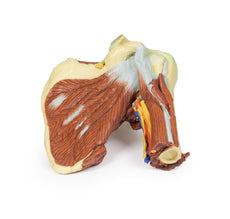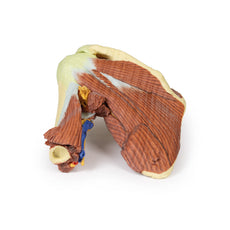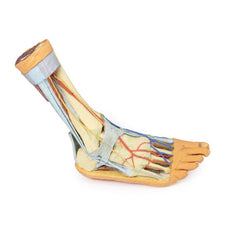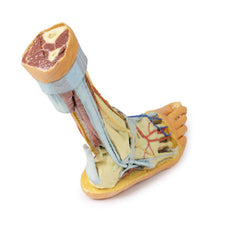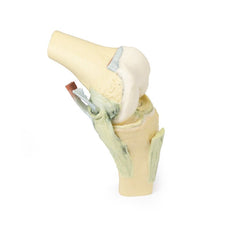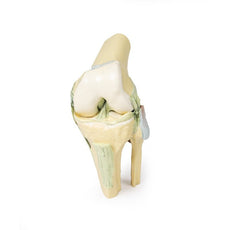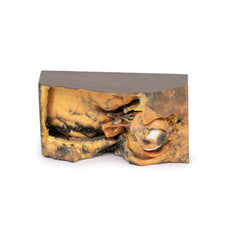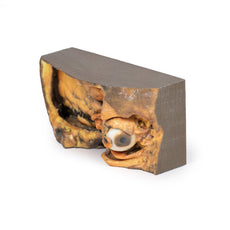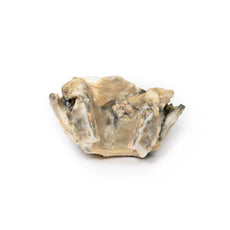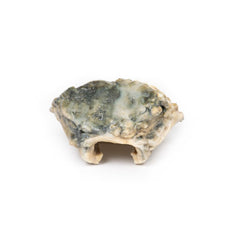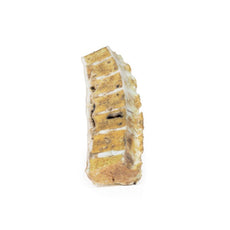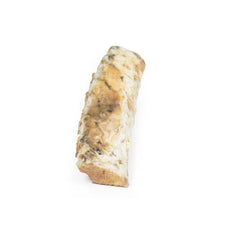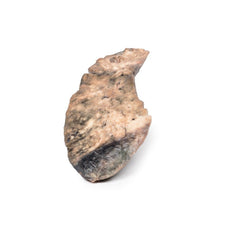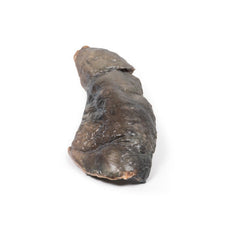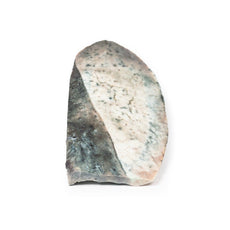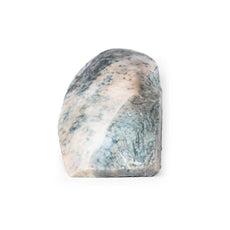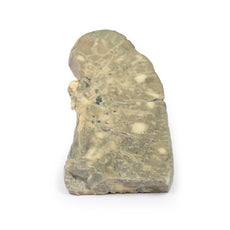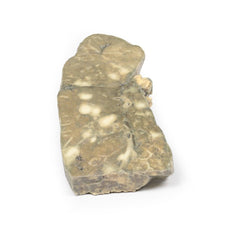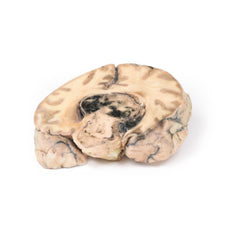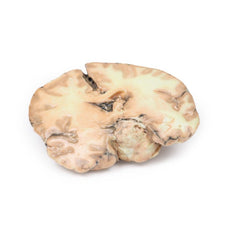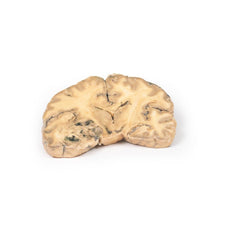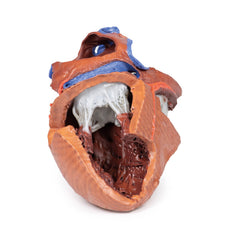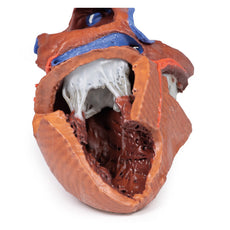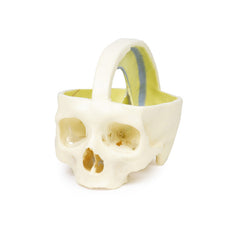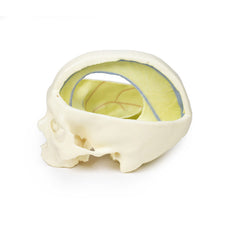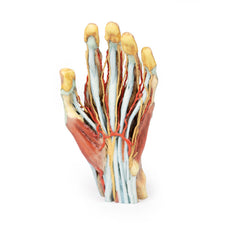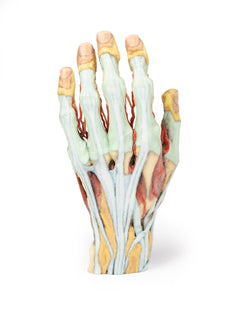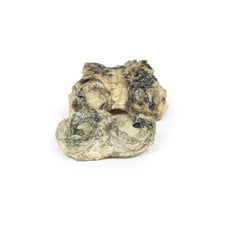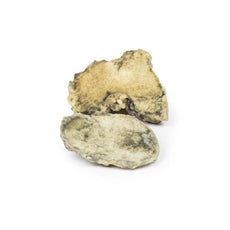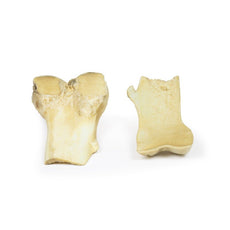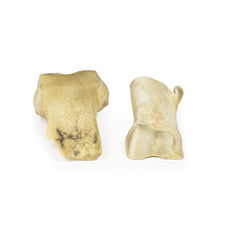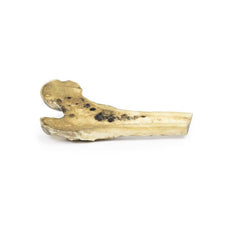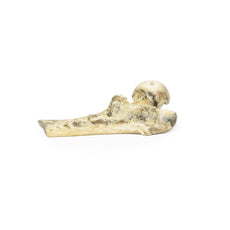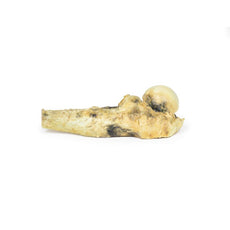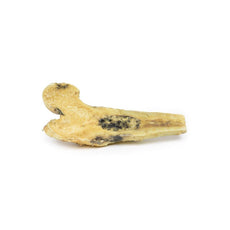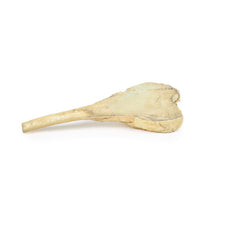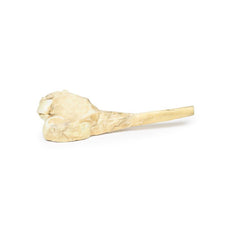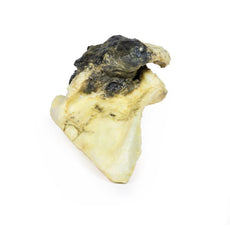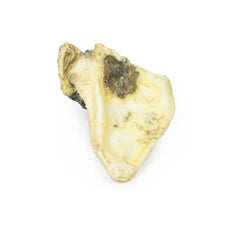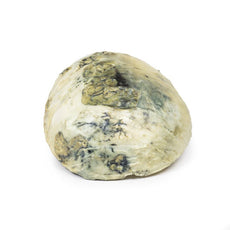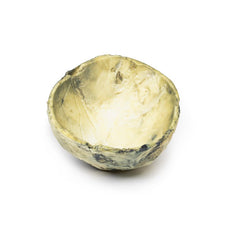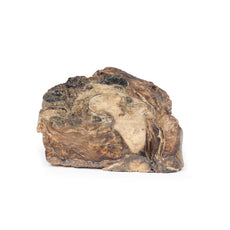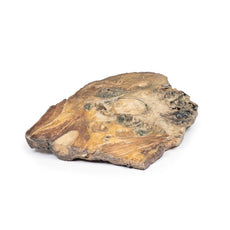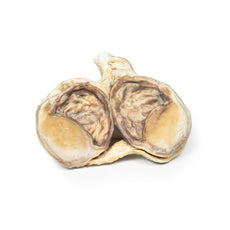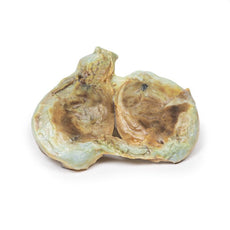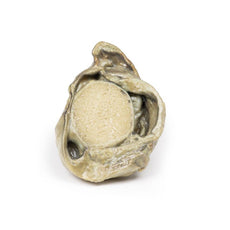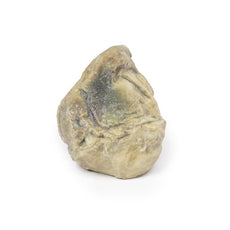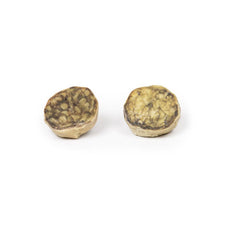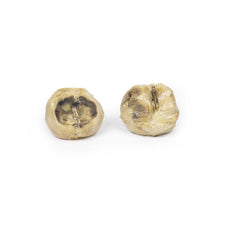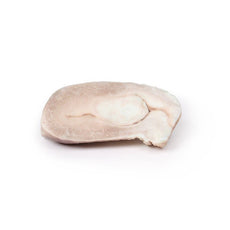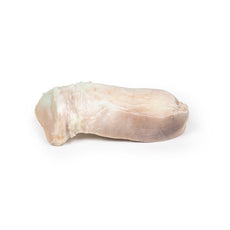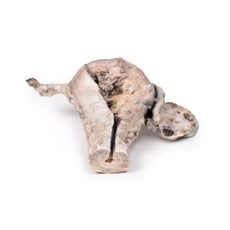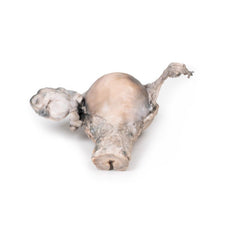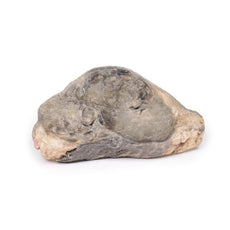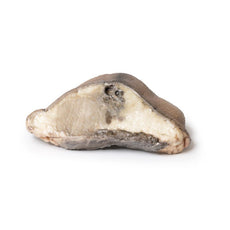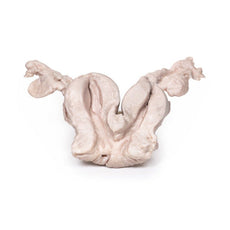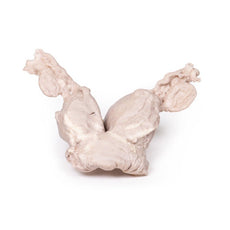Your shopping cart is empty.
3D Printed Traumatic Oesophageal-aortic Fistula
Item # MP2040Need an estimate?
Click Add To Quote

-
by
A trusted GT partner -
3D Printed Model
from a real specimen -
Gov't pricing
Available upon request
3D Printed Traumatic Oesophageal-aortic Fistula
Clinical History
A woman who swallowed a chop bone during lunch collapsed later in the afternoon and suffered
a massive haematemesis. At laparotomy, the stomach was filled with fresh blood but the cause was not identified.
She died one day later and necropsy revealed a communication between aorta and oesophagus. The stomach was
distended with blood and contained a few fragments of bone.
Pathology
The specimen is a block dissection of distal trachea (posterolateral on right margin), aortic arch
(opened in coronal plane and viewed from anterior aspect) and oesophagus (posteriorly and opened
longitudinally). The oesophageal mucosa is ulcerated and haemorrhagic. A small blue probe identifies a fistula
between the oesophagus and posterior wall of the thoracic descending aorta.
Note
While this scenario was a traumatic cause of oesophageal-aortic fistula, it should be noted that there
are non-traumatic causes of the same. In fact, these fistulae can be caused by compression of the aorta from an
aneurysm, advanced gastrointestinal malignancies or erosion of an aortic graft into adjacent gastrointestinal
tract and can occur anywhere along the length of the aorta.
Aorto-enteric fistulas are life-threatening. The most common presentation is gastrointestinal bleeding and can present as either minor bleeding or a large life-threatening bleed that results in haemodynamic compromise. Patients can present with melaena (dark sticky faeces containing partly digested blood) or frank bleeding in stools. In smaller fistulas with slow, minor bleeds, patients can present with malaise or ischaemia of lower limbs due to less blood flow from the aortic bleed. Other presentations include haematemesis as occurred in this case.
Diagnoses of these fistulas can be difficult, depending on the cause, size and location of the fistula. In a stable patient, endoscopic exploration or CT angiography may be first line options for diagnosis. However, diagnosis in hemodynamically unstable patients is more time critical and may require laparotomy as well stabilisation with blood transfusions.
Download: Handling Guidelines for 3D Printed Models
Handling Guidelines for 3D Printed Models
GTSimulators by Global Technologies
Erler Zimmer Authorized Dealer
The models are very detailed and delicate. With normal production machines you cannot realize such details like shown in these models.
The printer used is a color-plastic printer. This is the most suitable printer for these models.
The plastic material is already the best and most suitable material for these prints. (The other option would be a kind of gypsum, but this is way more fragile. You even cannot get them out of the printer without breaking them).The huge advantage of the prints is that they are very realistic as the data is coming from real human specimen. Nothing is shaped or stylized.
The users have to handle these prints with utmost care. They are not made for touching or bending any thin nerves, arteries, vessels etc. The 3D printed models should sit on a table and just rotated at the table.










